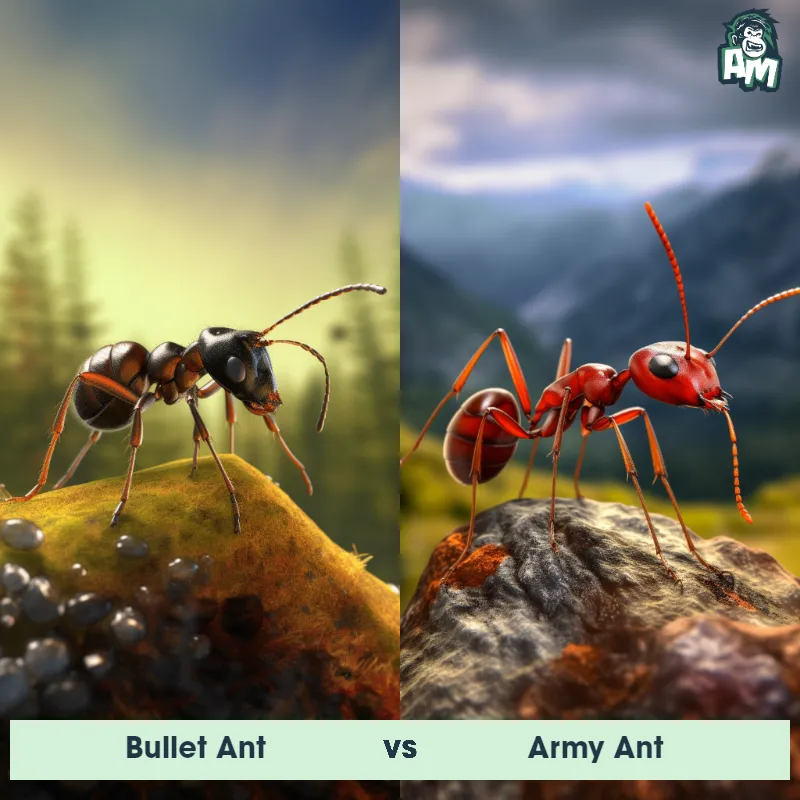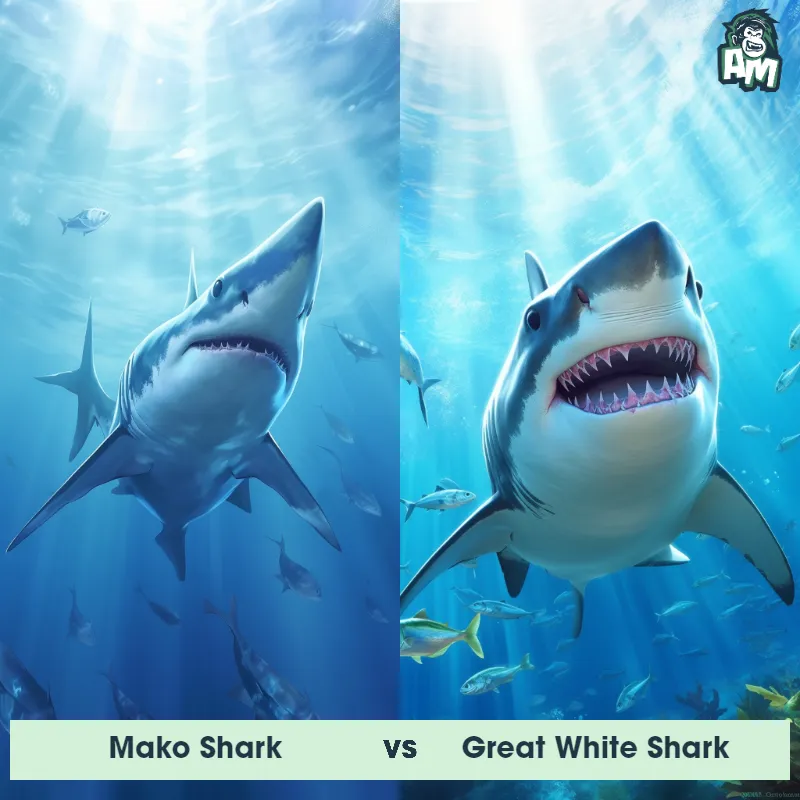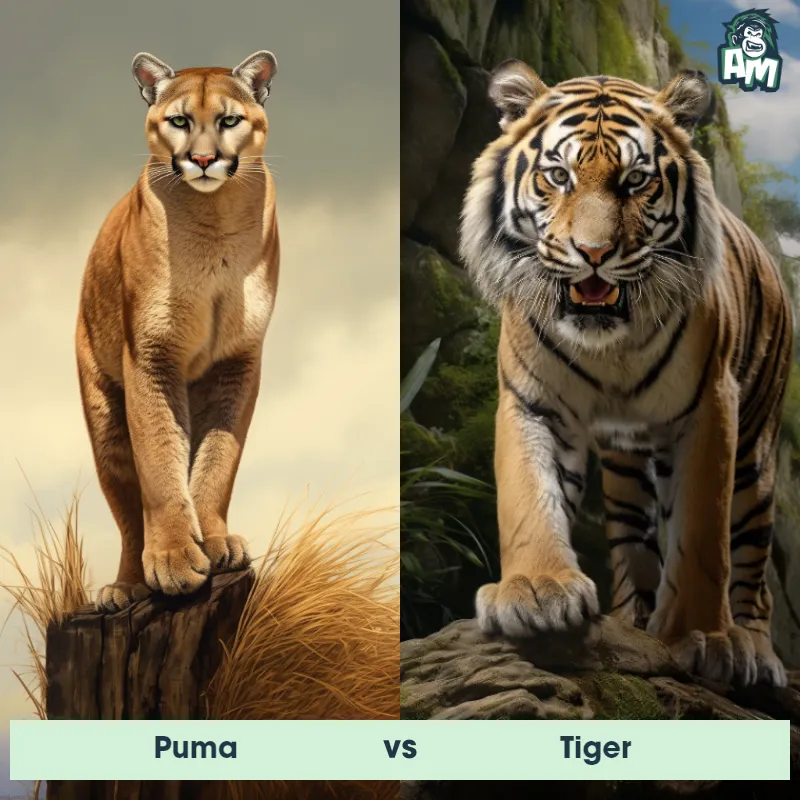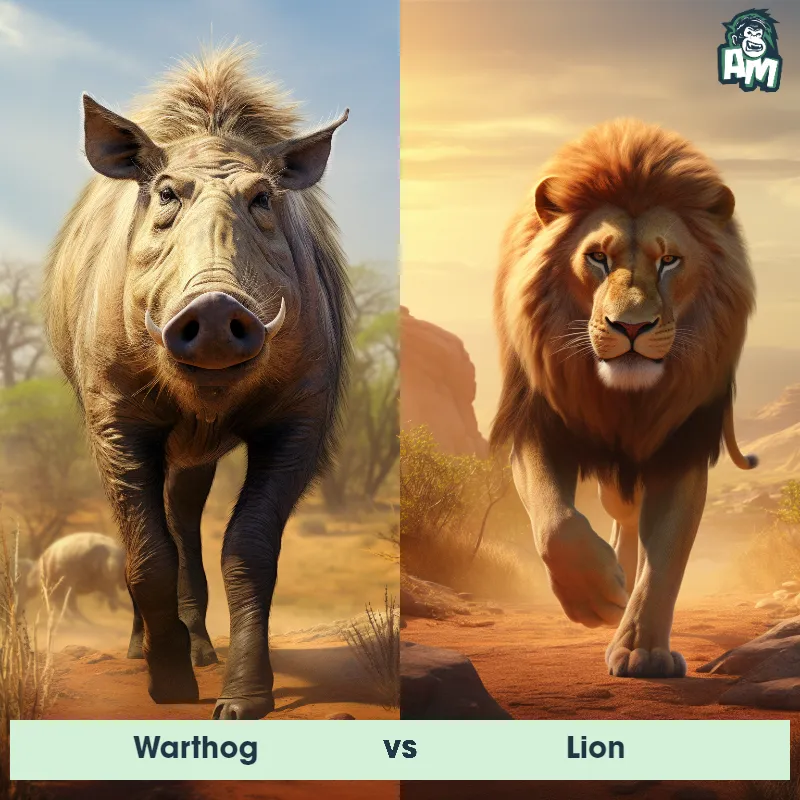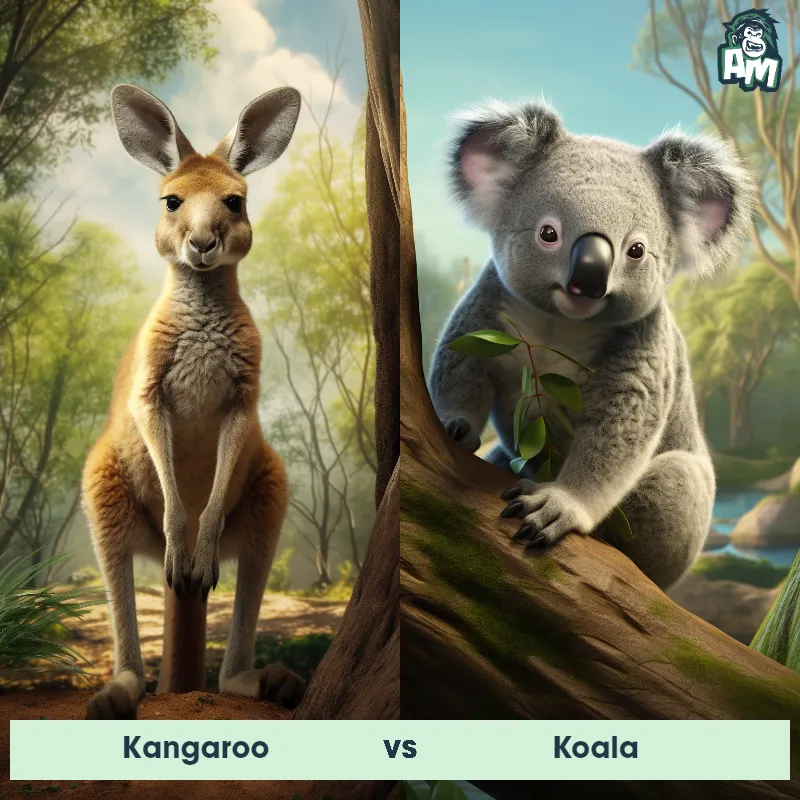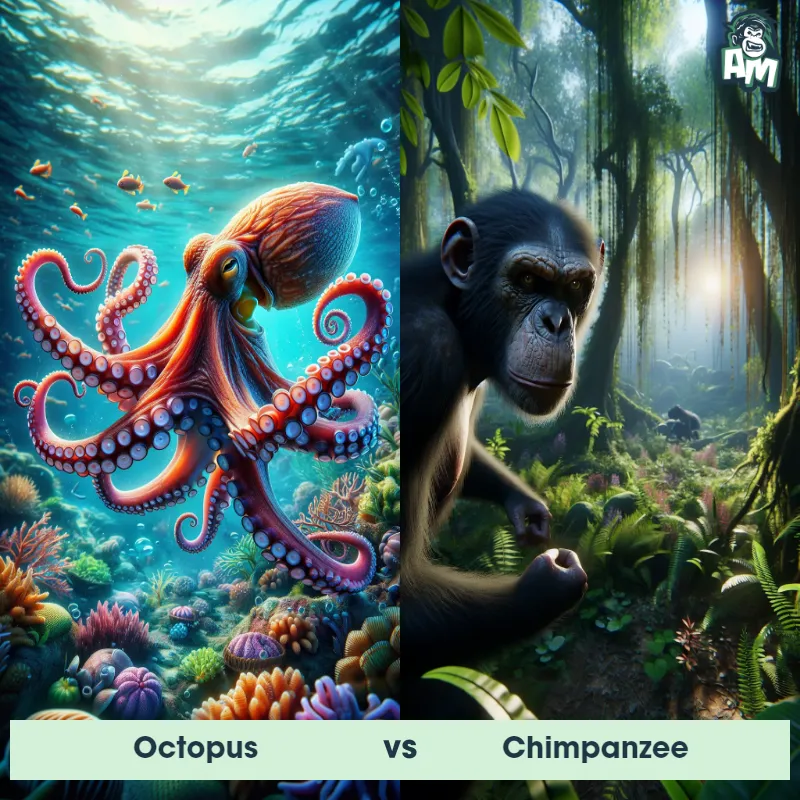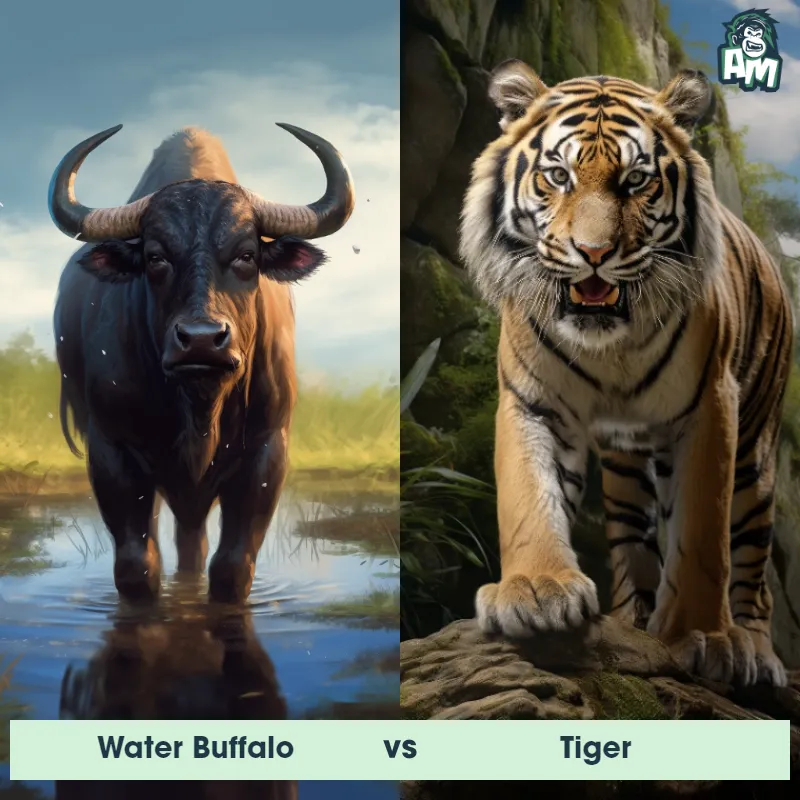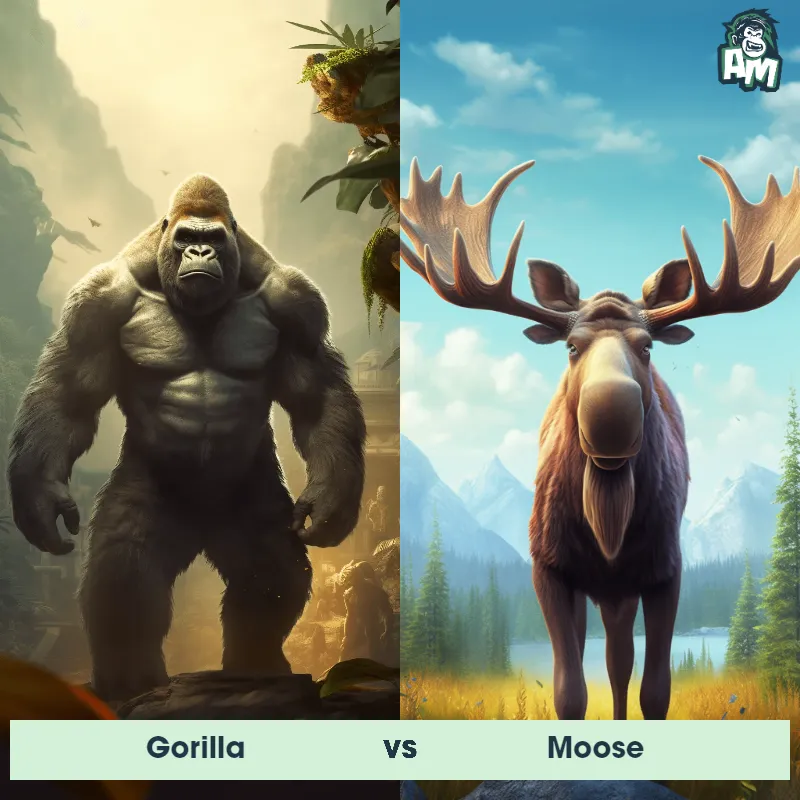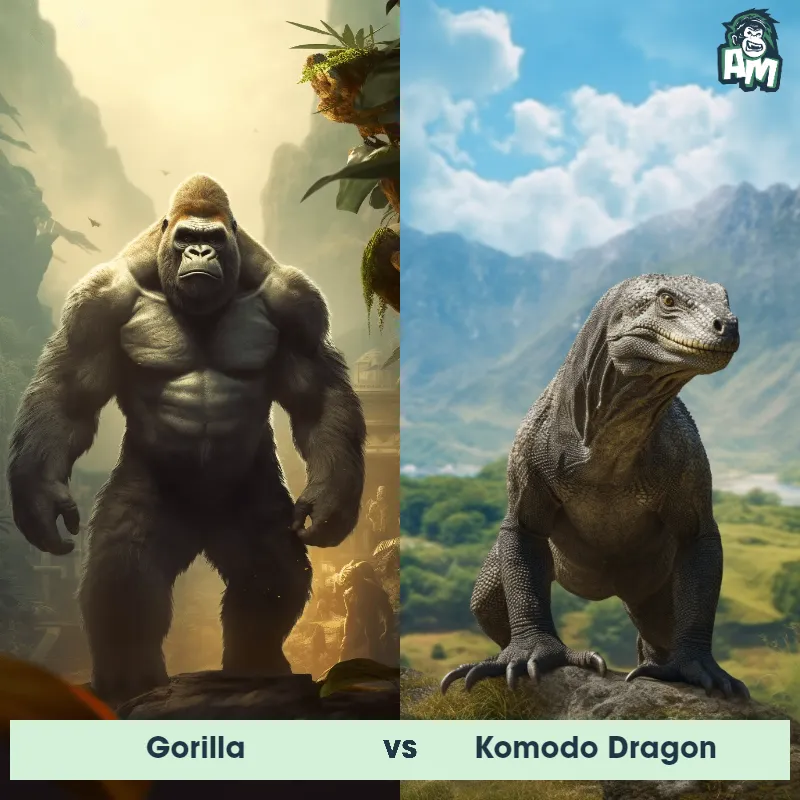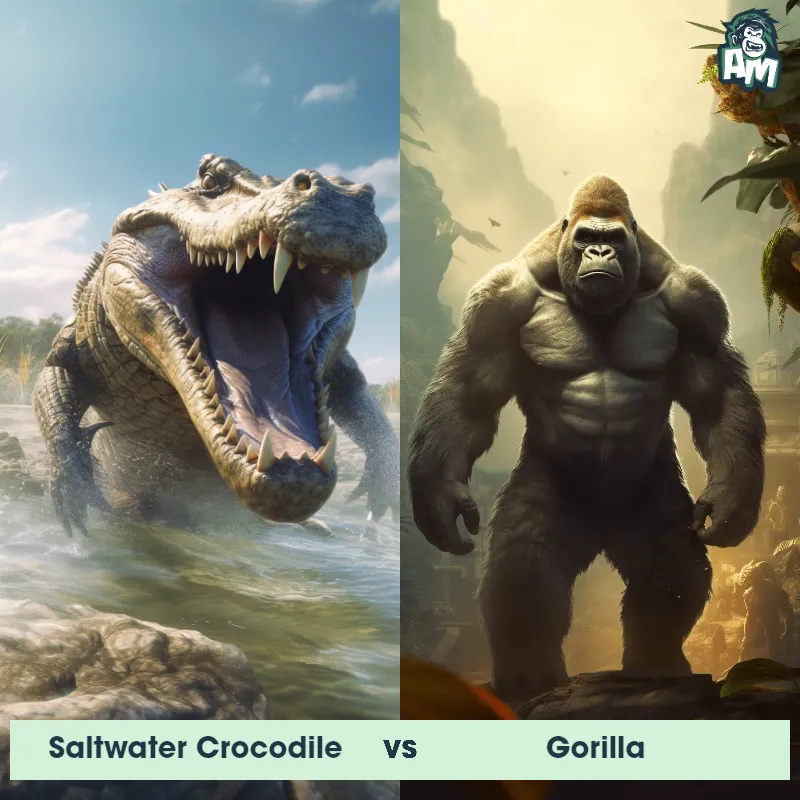Human vs PumaSee Who Wins

Ladies and gentlemen, welcome to tonight's intense matchup between a Human and a Puma. The arena is buzzing with excitement as these two fierce competitors prepare to go head to head in a battle of strength and skill. Both competitors look ready to give it their all in this three-round showdown.
Contender 1: Human
The human, Homo sapiens, is a highly intelligent and social primate species. They are characterized by their upright posture, opposable thumbs, and relatively hairless bodies compared to other mammals. Humans have complex brains that enable them to think, reason, and communicate through language. They possess a wide range of physical variations in height, weight, and skin color due to genetic diversity. Humans are known for their adaptability and capacity to use tools, which has allowed them to thrive in a variety of environments across the globe.
![[object Object] Gif](https://tenor.com/view/hungry-caveman-muppetwiki-muppet-wiki-jim-henson-gif-11005515308056547982.gif)
Fun Fact: Humans are the only known species capable of abstract thinking, allowing them to conceptualize ideas and think in terms of concepts that do not have a physical presence.
Contender 2: Puma
The Puma, also known as the mountain lion or cougar, is a large, solitary cat found in North and South America. They have a muscular build, short fur that ranges in color from tan to gray, and distinctive black markings on their face, ears, and tail. Pumas are known for their agility and can jump up to 18 feet in a single bound. They are also excellent hunters, with sharp claws and teeth that allow them to take down prey much larger than themselves.
Fun Fact: Pumas are one of the few big cats that can purr, which they do when they are content or communicating with other pumas.
Matchup Stats
| Human | Puma | |
|---|---|---|
| Size | Average height of 5 feet 7 inches (170 cm) | 2-3 feet (0.6-0.9 meters) at the shoulder |
| Weight | Average weight of 154 pounds (70 kg) | 100-200 pounds (45-90 kilograms) |
| Speed | 27.8 mph (44.7 km/h) | Speed: 50 mph (80.47 km/hr) |
| Key Strength | Intelligence and ability to strategize | Powerful jaws and sharp claws |
| Biggest Weakness | Lack of physical strength compared to some animals | Vulnerable to attacks from behind |
Current Votes
Human vs Puma
See Who Wins
View More Matches
Looking For More?
Similar Matches
Scientific Stats
| Human | Puma | |
|---|---|---|
| Scientific Name | Homo sapiens | Puma concolor |
| Family | Hominidae | Felidae |
| Habitat | Diverse habitats, including forests, grasslands, deserts, and urban areas | Mountains, forests, deserts |
| Geography | Found on all continents | North and South America |
| Diet | Omnivorous, with a preference for cooked food | Carnivorous, primarily deer and smaller mammals |
| Lifespan | 70 years - 90 years | 8 years - 13 years |
Key Differences between Human and Puma
- Movement: Pumas are agile and stealthy predators that can move quickly and quietly through their environment, with a strong sense of sight and hearing, while Humans are bipedal mammals that walk upright and have developed tools and technology to adapt to various environments.
- Tail: Pumas have long, thick tails that can measure over two feet in length, which are used for balance and communication, while Humans have short, hairless tails that are not visible externally.
- Ears: Pumas have rounded, erect ears on the top of their heads, which are often black-tipped, while Humans have smaller, less prominent ears that are located on the sides of their heads and do not have black tips.
- Size: Pumas are typically much larger and heavier than Humans, with adult males weighing up to 220 pounds and measuring over 8 feet in length, while adult Humans have an average weight of around 137 pounds and height of about 5'6".
- Color: Pumas have a sleek coat that ranges from light brown to reddish-brown, with white fur on their undersides and around their mouths, while Humans have a variety of skin tones ranging from light to dark, and often have hair on their heads that can be a variety of colors.
- Claws: Pumas have sharp, retractable claws that they use for hunting and climbing, located on their front paws, while Humans have flat nails on their fingers and toes that are used for grasping and manipulating objects.



